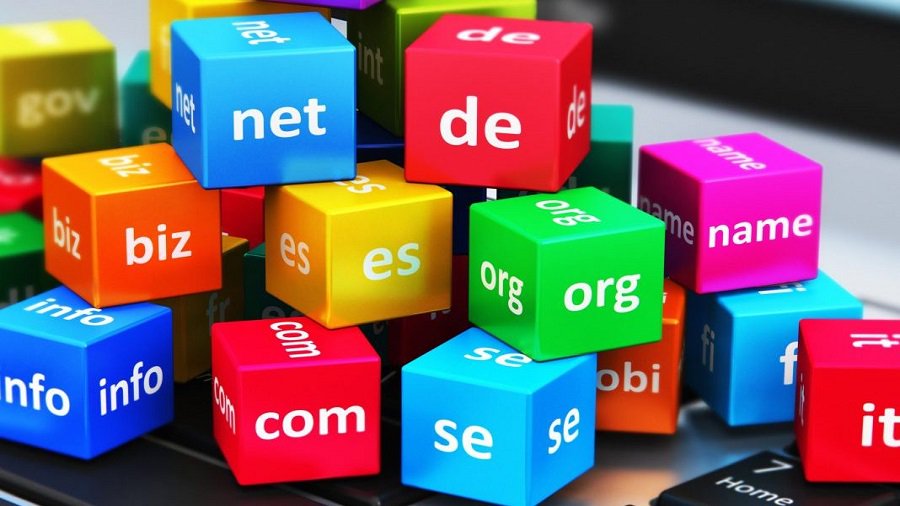How to Search for a Domain Name: 6 Domain Purchasing Best Practices

Not everyone is truly aware of the ramifications of buying a domain. There are many factors to consider in order to make a good purchase and later avoid undesirable connections to, say, malicious individuals and their networks. So, how could a domain name be dangerous, after all? Those in the cybersecurity industry know that cyber attackers can weaponize a domain name for use against organizations and networks.
This article aims to shed light on why domain buyers, such as those without cybersecurity or marketing know-how, should conduct some research on domains of interest with the help of tools such as WHOIS Lookup, Domain Availability API or Domain Research Suite.
Where Should You Buy a Domain?
Ideally, you should purchase a domain from a well-established registrar rather than from a fly-by-night reseller. Although they’ve fallen victim to hacking incidents in the past, domain providers like Network Solutions, Domain.com, and MarkMonitor are reputable companies in this area.
GoDaddy and Namecheap are also popular domain providers, although their reputations may have suffered in recent years due to attacks. They are, however, still well-recognized in the industry. In short, it’s usually better to buy domains from companies that have been operating for years, rather than the newer ones.
How to Choose the Right Domain
Below are some straightforward tips for users in search of domains to either use for their websites or add to their existing portfolios:
- Look into safe top-level domain (TLD) extensions: Watch out for commonly abused TLDs. For instance, domains ending in .tk, .xyz, .work, and .top are just a few of the most abused domains. Several country-code top-level domains (ccTLDs), such as .eu (European Union), .ru (Russia), .ga (Gabon), and .pw (Palau), are also among offenders’ favorites. Whether you’re a domainer or not, make it a habit to check domain blacklists regularly.
- Examine WHOIS data if the domain was previously registered: A domain may have had ties to malicious campaigns that the average website or domain buyers may not be aware of. Some may have been configured using a domain generation algorithm (DGA) or hijacked before. That said, it is crucial to retrieve a domain’s historical WHOIS records with web-based solutions like WHOIS History Search to find out how its ownership has changed over the years.
- Consider keyword optimization: Exact-match domains (EMDs) may not be as relevant today, but they still work. Consider using keywords with decent search volumes in your domain name to help it rank high in search engine results pages (SERPs).
- Avoid using numbers, hyphens, and unusual characters: Keep domain names short and sweet for search engine readability. Bots don’t appreciate hyphens and random characters in domain names, and you need those bots to index your domain.
- Check the domain for potential trademark or cybersquatting violations: Make sure the domain doesn’t infringe on the copyright of existing brands or isn’t a look-alike of another. You can search the World Intellectual Property Organization (WIPO) database to verify if a given domain is associated with any brand mark.
- Revisit your brand guidelines: How does the domain fit into your overall brand strategy? Is it aligned with your brand messaging and usage policies? Ensure that it does before adding it to your cart.
Enter WHOIS Lookup, Domain Availability API, and Other Tools
WHOIS Lookup, Domain Availability API, and its restful counterpart Domain Availability Check are domain search engines that allow users to check the availability of any domain and gather more details about current domain owners. They are excellent tools for entrepreneurs, registrars, marketers, and domain investors to confirm whether a domain they’re eyeing can be registered. They benefit domain buyers with these objectives:
- Domain name monitoring: As mentioned, Domain Availability API allows you to determine when a domain is up for purchase. Set up alerts using another tool like Domain Monitor to find out when a domain is expiring. For domainers, being first in line for domains that are sure to sell is a must, and so, expiration alerts are beneficial.
- Search engine marketing: The API can quickly help you check if domains, especially those that get a lot of traffic, are up for registration and who currently owns them for possible purchases and negotiations.
- Avoiding domain name front-running: Use Domain Availability API to search for domains you wish to purchase to prevent registrars from reserving them ahead of you—a practice known as front-running. Registrars do this to sell seemingly trendy and profitable domains at a higher price in the future.
Our domain research tools are among the most popular and accurate in the market today due to our long-standing relationship with internet infrastructure providers. Our database has crawled over 774 million domains and 25.5B+ WHOIS records over the past decade, which explains the tools’ lookup speed and accuracy.
Contrary to popular belief, so much work goes into domain buying—if you’re serious about making a profit off your site or want your audience to find it. Check any domain’s availability with a tool such as Domain Availability API and more details with WHOIS Lookup and the Domain Research Suite so as to be first in line to grab your domains of interest with the necessary domain intelligence.





































